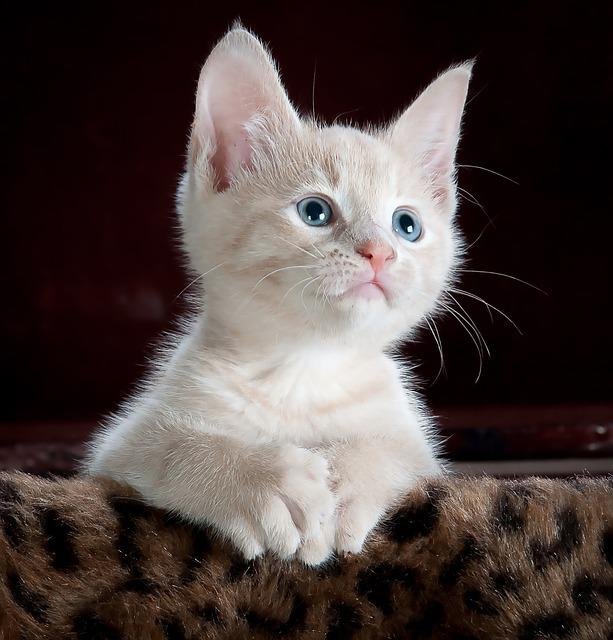Ringworms are generally thought of as parasites feeding on their host as the word “worm” is suffixed to the word “Ring”. In reality, ringworm refers to a fungal infection that commonly occurs in pets and humans and has nothing to do with the class of worms. It is known as “Dermatophytosis” in medical terminology.
The ringworm infection is common in rescued cats and kittens. It can be transmitted easily from animals to humans. That is why taking adequate precautions becomes necessary if your pet is diagnosed with ringworm illness since it can potentially infect the entire household. Having top rated pet insurance that covers illness, diagnosis, hospitalization, and treatment greatly helps.
Purchasing cheap cat insurance is a lot easier with the online services provided by insurance providers so that you can sign up for a plan with the click of a button. In the meantime we have this article that focuses on the basics of ringworm infections in feline pets like symptoms, diagnosis, and treatment, to educate feline parents.
Symptoms indicating the onset of ringworm infection
The symptoms show up on your kitty’s body, so it is easy to spot the disease. The most common symptoms include:
- Lesions on the head, ears, forelimbs, and other body parts.
- Balding of fur.
- Flaky skin patches.
- Reddish skin.
In mild conditions, ringworm infection manifests as dandruff and remains localized.
Whereas, in severe cases, it can rapidly spread to other body areas of your pet kitty. Symptoms include knots, rounded, oozing lesions, and skin inflammation (especially within skin folds).
The incubation period ranges anywhere from one to three weeks after your pet cat has come in contact with the fungi, after which symptoms start appearing. In some cases, cats may harbor ringworm spores without showing any visible infection symptoms.
How does a kitty contract ringworm infection?
When a kitty directly touches surfaces/objects contaminated (depending on the degree of contamination) by ringworm spores, it may contract the infection. Once infected, these spores stay alive for about a year and a half. One way to get rid of the infectious spores is by cleansing the surfaces using a combination of water and chlorine bleach.
When your pet feline has come in contact with other animals already infected by the ringworm, it may suffer the same fate as the other diseased animals.
Diagnosis and treatment
- If the condition is serious, the vet may prescribe quarantining your pet cat for a certain period. The isolation prevents further transmission of infection from your furball to the household members along with medical treatment.
- Usually, the prescription begins with a simple medicine such as topical ointments, oral medications, and antifungal meds.
- Sanitize the environment where your furry friend spends time and other places where your pet walks around. The decontamination process is fundamental to keeping the area safe to avoid any lapses or recurrences of the medical condition in your fur baby.
It may take about three weeks to observe changes in your pet cat’s body. Cat parents are advised not to discontinue treatment until and unless the vet approves of it. Follow up with your vet regularly to heal your kitty correctly.
How to keep the living space clean through the ongoing treatment?
- All the washable materials need to be washed before you use them again if your kitty has spent some good time rolling, napping, etc.
- It would be best if you initially vacuumed the furniture, upholstery, floor, and other surfaces to get rid of fallen pet hair and other debris.
- Mopping with disinfectants refreshes the floor and surfaces and removes any ringworm spores.
Feline parents need not panic about ringworm infections as the condition is reversible. Timely consultation with the vet and following the vet’s curative advice will take your pet from suffering to healing. With cheap cat insurance, medical care for your kitty becomes an affordable affair. Browse top-rated pet insurance and select the best cover for your feline pet.
